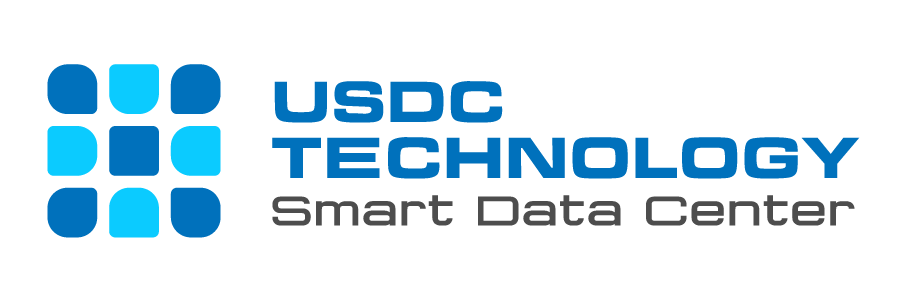In today’s digital economy, data centers serve as the nerve center of businesses, enabling the storage, processing, and distribution of vast amounts of critical data. As technology evolves and demand increases, organizations are frequently opting to remodel existing buildings to house modern data center infrastructure. While this approach can offer cost and time advantages over new construction, it introduces a complex array of IT considerations. From sustainability goals to edge computing and high-density AI workloads, the stakes in 2025 are higher than ever. This article explores the essential IT factors to consider when remodeling a building into a data center, grounded in industry best practices and the latest technology trends.
Space and Infrastructure – Planning for Growth and Agility
Effective space utilization is fundamental to a successful data center remodel. The layout must support both current infrastructure and anticipated future needs. Raised flooring, optimal server rack alignment, and flexible hot/cold aisle designs should be incorporated for maximum efficiency and scalability.
In 2025, the rise of edge computing means some remodeled facilities may need to support smaller, decentralized architectures to process data closer to end-users. This could affect decisions about location, connectivity, and modularity. The remodeled structure should also allow for scalable expansion—whether that means adding server racks or deploying new pods for edge operations.
Power Requirements and Energy Efficiency
Power demand in modern data centers is immense, with some facilities requiring up to 100 megawatts. A remodel must evaluate the capacity of existing electrical systems and upgrade them if necessary to meet operational requirements.
However, power isn’t just about capacity—sustainability is now a core metric. With regional targets to lower Power Usage Effectiveness (PUE) below 1.5, data centers must optimize both IT and facility power consumption. The integration of renewable energy sources like solar or wind, as well as the use of energy-efficient servers, power distribution units (PDUs), and UPS systems, is becoming standard. Backup power solutions must also evolve—favoring cleaner fuels and smarter, load-balancing technologies.
Cooling Systems and Thermal Management
High-performance computing and AI workloads demand sophisticated cooling solutions. Traditional HVAC systems may be inadequate for the heat loads generated by modern IT equipment.
In 2025, advanced liquid cooling methods such as direct-to-chip cooling and immersion cooling are becoming mainstream. These techniques provide more targeted, energy-efficient heat removal, especially for high-density rack configurations. When remodeling, retrofitting the facility to support these systems—from plumbing and containment units to coolant recycling infrastructure—can deliver long-term cost and performance benefits.
Physical and Cybersecurity
Security is non-negotiable in data center operations. Remodeling projects must integrate robust physical security measures such as controlled entry points, biometric authentication, surveillance systems, and hardened enclosures for sensitive areas.
Equally important is cybersecurity. Firewalls, intrusion prevention systems, and data encryption are standard, but advanced protections like Multi-Factor Authentication (MFA), zero trust architecture, and behavioral monitoring are becoming essential. Regular staff training and compliance with frameworks like GDPR, HIPAA, and ISO 27001 further strengthen defense.
Compliance and Industry Standards
Remodeling offers a prime opportunity to ensure that the facility meets current regulatory and operational standards. Aligning with Uptime Institute’s Tier Standard, ANSI/TIA 942-B/C or TCVN 9250, ASHRAE, and EN 50600 ensures that the design supports reliability, safety, and sustainability.
For organizations in regulated industries, legal compliance (e.g., Sarbanes-Oxley, PCI DSS) must be baked into every level of planning—from physical access policies to digital data handling protocols.
Redundancy and Resilience
Uninterrupted uptime is the hallmark of a world-class data center. That means building in redundancy across all core systems—power, cooling, and network infrastructure.
Dual-path cabling, N+1 or 2N redundancy, and geographically dispersed disaster recovery capabilities are all crucial. Leveraging Data Center Infrastructure Management (DCIM) and Building Management Systems (BMS) enables real-time visibility into performance and environmental conditions, aiding proactive fault resolution and optimization.
Cost Efficiency and Downtime Minimization
Balancing performance with cost is a challenge in any remodel. A thorough analysis of Total Cost of Ownership (TCO)—including both capital expenditures (Capex) and operational expenditures (Opex)—is essential. Though newer technologies may have a higher upfront cost, they often yield substantial long-term savings through reduced energy bills and maintenance needs.
To avoid business disruptions, remodeling must be meticulously planned, often in phases, and may require temporary relocation or cloud-based failover strategies to keep services running during the transition.
Connectivity, Cloud Readiness, and Expert Consultation
Modern data centers rely on robust internet connectivity, which includes planning for bandwidth scalability, carrier-neutral interconnections, and wireless access points within the facility.
Upgrading outdated IT systems and exploring hybrid or multi-cloud strategies should be part of the remodeling plan. Working with experienced data center consultants, cloud architects, and IT planners can significantly improve design outcomes and reduce long-term risks.
Conclusion
Remodeling a building into a state-of-the-art data center in 2025 is a multifaceted undertaking that demands attention to space planning, energy and cooling efficiency, security, compliance, and scalability. As AI, edge computing, and sustainability redefine what a modern data center must deliver, IT leaders must adopt forward-thinking strategies and cutting-edge technologies.
A successful remodel is not just about meeting today’s requirements—it’s about building an infrastructure that will adapt and perform well into the future. By investing in smart planning and expert partnerships, organizations can transform existing spaces into agile, efficient, and secure data centers that power innovation and growth.
Universal Smart Data Center Technology
For media inquiries or further information, please reach out to us at:
Phone: (+84) 28 73080708
Email: info@usdc.vn


